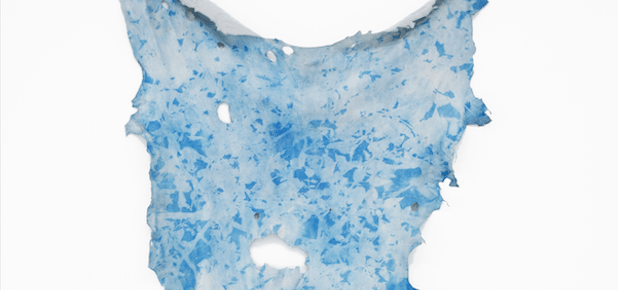Christy Gast, I Loved You Then I Googled You

“I grew up in the country, in a tiny village surrounded by farmland,” artist Christy Gast says from her loft in New York City’s Chinatown. “I spent a lot of time by myself, wandering around the fields and the woods.” It’s no mystery, then, that landscape has become the central theme in her work. “The landscape in general has always been a friend, and I guess with all friends it’s something you want to look at more intimately as you grow older.”
Gast’s work explores ideas of femininity and “contested landscapes,” places where the historical or contemporary narrative is fraught with issues of ownership, the cultural narrative with physiological issues, all applied to the environment where these ideas intersect. Gast uses these issues as a springboard for her work, telling bigger stories about the world.
Her work primarily occupies a tactile space. Gast’s latest exhibit, Byways, which will show at Gallery Diet in Miami this December, exists in the physical realm but features a kind of ancient technology: cyanotypes. Each one was created using materials associated with the bodies of water (including swimsuits in an L.A. carwash and sacred datura in the San Joaquin Valley) she encountered on a cross-country road. It’s still analog, and Gast is ambivalent about the influence of modern technology on her work, despite its current ubiquity, “I’m not sure that I would give precedence to technology and say that I can do things with technology that I couldn’t do with an analog medium necessarily, its not an either or situation.” Her mindset is one that considers tech as not a separate entity from art, but, on the contrary, just another format: “I think that technology actually is a physical format, because the way it is experienced by the viewer is still within a particular time space, so when I do video installations I think of them as a sculpture and even when I shoot videos, I think of them as sculptures.
“I think that artists have always been at the forefront of figuring out how new technology can be used in more creative and innovative ways. That’s what artists do—they sort of think further than others, they have a different perception.”